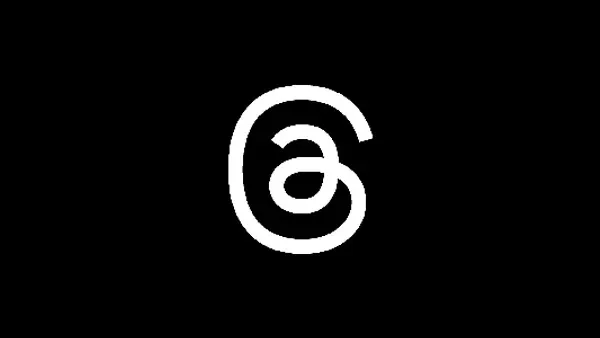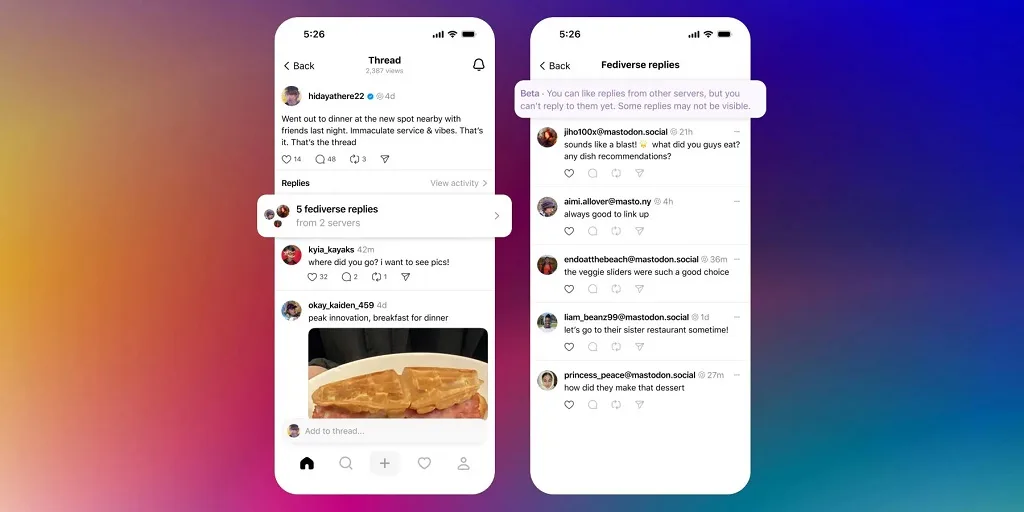Threads Takes Next Steps Toward Fediverse Integration

Meta, the parent company of Instagram, is making strides in integrating its Threads platform with the Fediverse. This move could mark a significant shift in how social media platforms interact, opening up new possibilities for cross-platform communication and user interaction. Below, we explore what this integration means for the future of social media and how Threads plans to implement it.
What is the Fediverse?
The Fediverse, a portmanteau of “federation” and “universe,” is a collection of interconnected but independent servers used for social networking, blogging, and other forms of online interaction. Unlike traditional social media platforms, which are centrally controlled, the Fediverse operates on open standards, allowing users to communicate across different servers and platforms seamlessly. This decentralized approach offers greater privacy, control, and autonomy for users.
Integration with the Fediverse means that Threads users could potentially communicate with users on other platforms like Mastodon, Pleroma, and PeerTube. Such integration would foster a more inclusive and interconnected digital environment, breaking down the barriers that currently separate various social media ecosystems.
Meta’s Strategic Move Towards Decentralization
Meta’s decision to integrate Threads with the Fediverse is part of a broader strategy to embrace decentralization. By connecting Threads to the Fediverse, Meta aims to appeal to a growing number of users who prefer platforms that offer more privacy and control over their data. This move is seen as a direct response to the increasing demand for transparency and user empowerment in the digital space.
Decentralization could also provide Meta with new revenue streams by attracting a wider user base interested in the benefits of the Fediverse. Additionally, this shift aligns with global regulatory trends pushing for more open and competitive digital markets. By positioning Threads as a bridge to the Fediverse, Meta could secure a leading role in the evolving landscape of social media.
Technical Challenges and Implementation
Integrating Threads with the Fediverse presents several technical challenges. One major hurdle is ensuring that Threads can communicate effectively with the various protocols used within the Fediverse. Meta will need to adapt Threads to support ActivityPub, the protocol most commonly used in the Fediverse for decentralized communication. This will require significant updates to the platform’s architecture.
Security is another critical concern. Meta must ensure that integrating Threads with the Fediverse does not compromise user data or platform integrity. Robust security measures and regular audits will be essential to maintaining trust and safety. Despite these challenges, Meta’s technical expertise and resources position it well to overcome these obstacles and make the integration a success.
Furthermore, Meta will need to manage the social and cultural implications of integrating with a decentralized network. Users of the Fediverse value their autonomy and independence, and Meta must approach this integration with sensitivity to these values. Transparent communication and genuine collaboration with the Fediverse community will be vital for a smooth transition.

The Future of Social Media
The integration of Threads with the Fediverse could signal a new era for social media. If successful, it may encourage other major platforms to explore decentralization, leading to a more open and interconnected digital ecosystem. Users could benefit from increased freedom of choice, reduced dependence on single platforms, and enhanced privacy.
For Meta, this integration is an opportunity to redefine its relationship with users, moving away from centralized control towards a more user-centric model. This shift could help Meta regain user trust and establish itself as a leader in the next generation of social media. By embracing the principles of the Fediverse, Meta has the chance to transform how people interact online, promoting a more democratic and inclusive digital space.
A New Path Forward
Meta’s initiative to integrate Threads with the Fediverse is a bold and forward-thinking step. By embracing decentralization, Meta is not only responding to user demands but also positioning itself at the forefront of a major transformation in social media. While challenges remain, the potential benefits for users and the broader digital ecosystem are substantial. As Threads takes these next steps toward Fediverse integration, it will be a development to watch closely, signaling the beginning of a new chapter in the evolution of social media.
